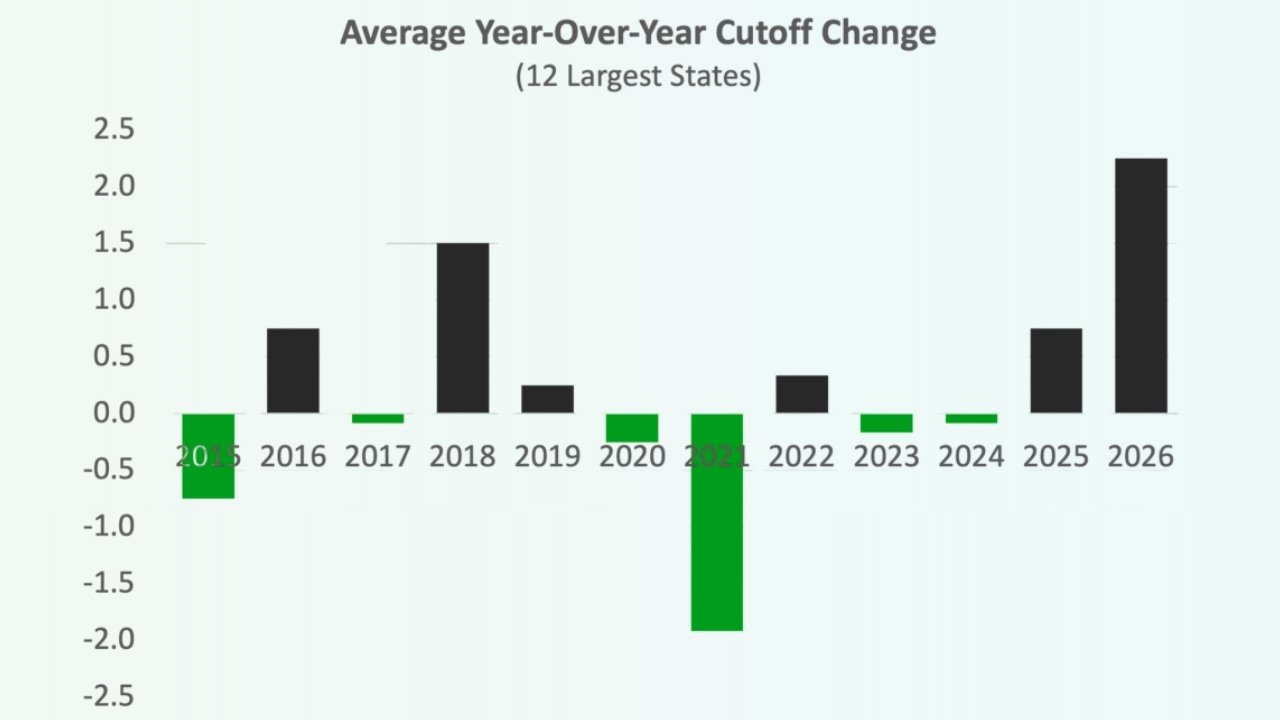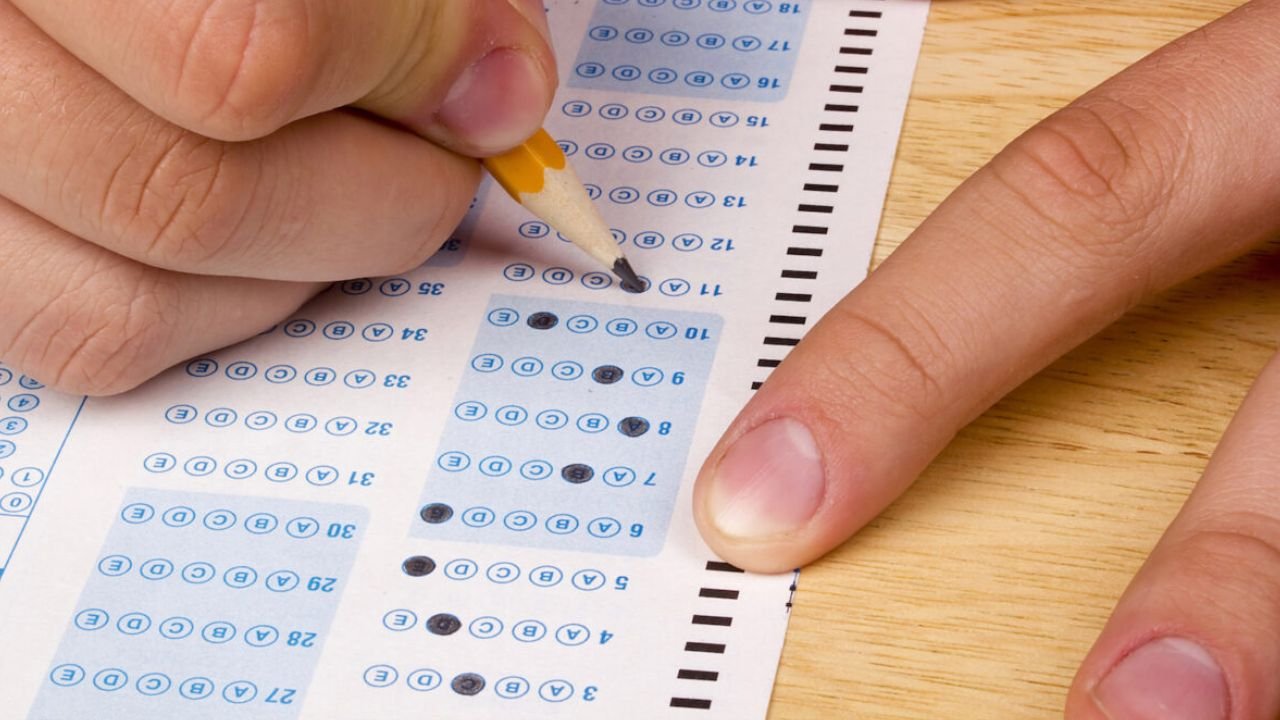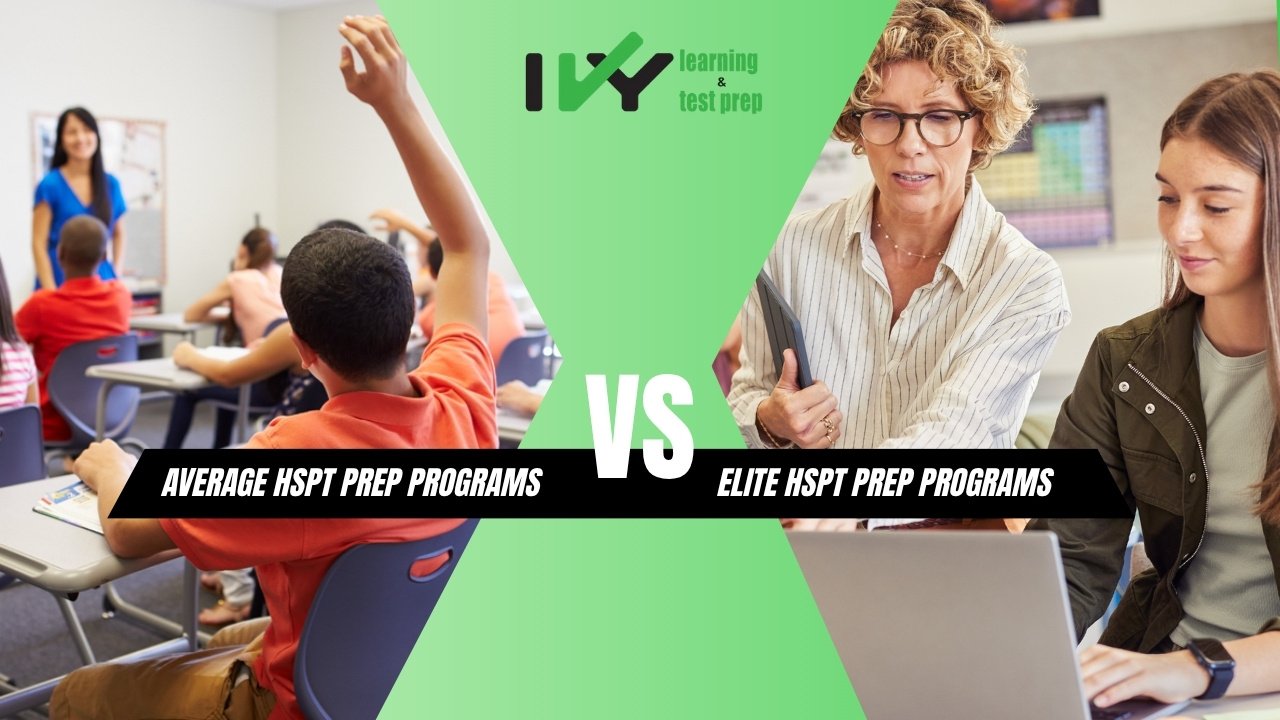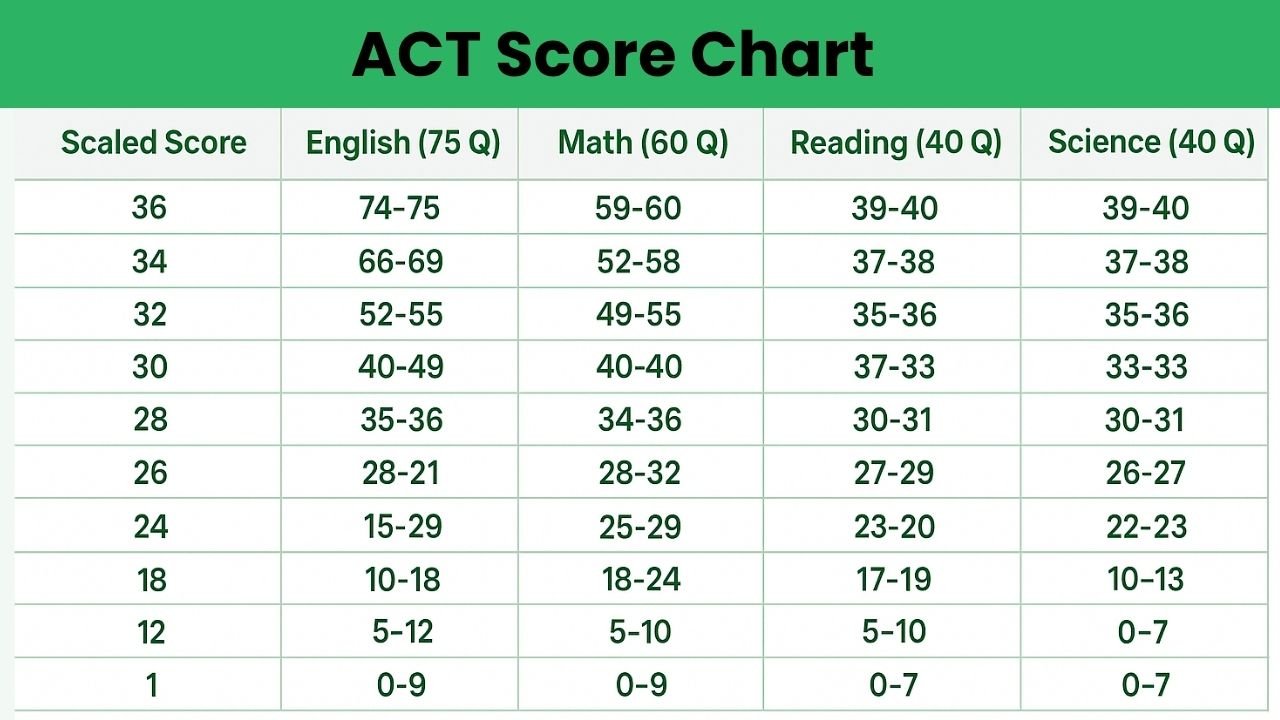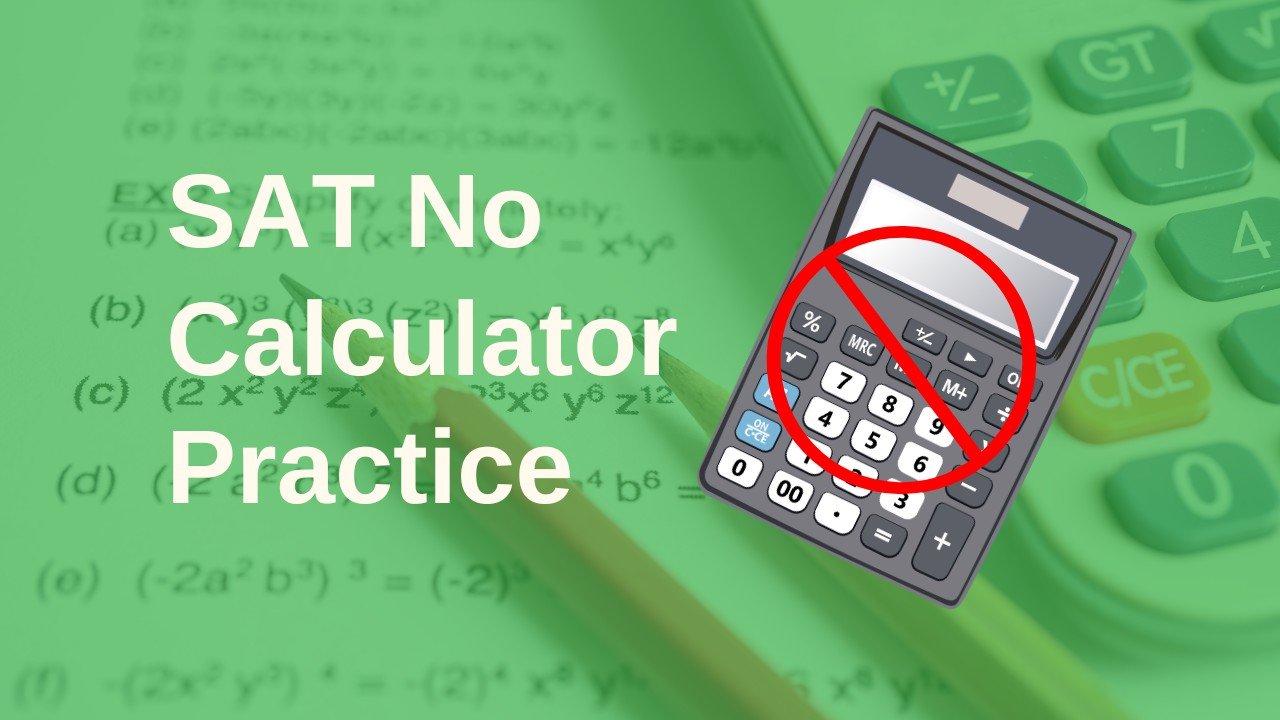The National Merit Scholarship Cutoff sets the score threshold. This is the score of the PSAT/NMSQT that students will have to obtain to earn recognition in the National Merit Scholarship Program. There is no definite score range for the entire US, as each state has its own cutoff score. For many students, scoring within the PSAT 10 score range of 1200–1300 is considered strong, while highly competitive states may require higher scores to reach semifinalist eligibility. The competition depends on regional performance.
The PSAT cutoff score helps identify the highest scorer who represents the top one percent of U.S test takers. Understanding how this system works helps students set realistic goals and prepare with intent.
What the National Merit Scholarship Cutoff Measures
The National Merit cutoffs measure a student’s Selection Index (SI) from the PSAT/NMSQT. This index indicates the combined performance of the students in Reading & Writing and Math. The students will be placed higher in the national ranking if the SI is higher.
The cutoff is not about assessing potential or growth. It is more about how a student performed on one standardized test compared to peers in the same class year. The program focuses on these scores to identify students with strong analytical, mathematical, and verbal skills.
The SI acts as the screening tool for three levels of recognition:
- Commended Student
- Semifinalist
- Finalist
The most competitive level is semifinalist, which depends on each state’s cutoff. Students preparing through resources like Ivy Test Prep often focus on achieving this target early.
Types of National Merit Scholarship Cutoff in the National Merit Process
The National Merit system includes two main cutoff categories. Every category plays a different role.
National Commended Cutoff
This cutoff type is similar across all states. Students who come under this score range become the commended students. The commended cutoff list has reached around an SI of 210 in recent years. Though it doesn’t guarantee the scholarship but it indicates a strong academic performance.
State Semifinalist Cutoffs
Each state typically sets the semifinalist cutoffs. It is different in every state. These cutoffs focus on the top 1% of test takers within the state. More competitive states tend to have higher cutoffs. On the other hand, less competitive states opt for lower cutoffs.
The semifinalists matter because they take the students to the next stage of competition. Semifinalists can eventually become national merit scholars by applying to become finalists.
How National Merit Scholarship Cutoff Determined?
The National Merit Scholarship Corporation (NMSC) reviews PSAT/NMSQT score data each year. They create a state-by-state percentile that helps identify the score that places a students within the top one percent for the state. That SI becomes the Semifinalist cutoff. For example, students may wonder if a 1270 PSAT score is competitive. While this is a good PSAT score for many, reaching semifinalist status usually requires higher SI scores, especially in states like Massachusetts or New Jersey.
Here is a reference table that shows typical recent cutoffs throughout the United States. The score range changes each year, but the value offers a realistic benchmark.
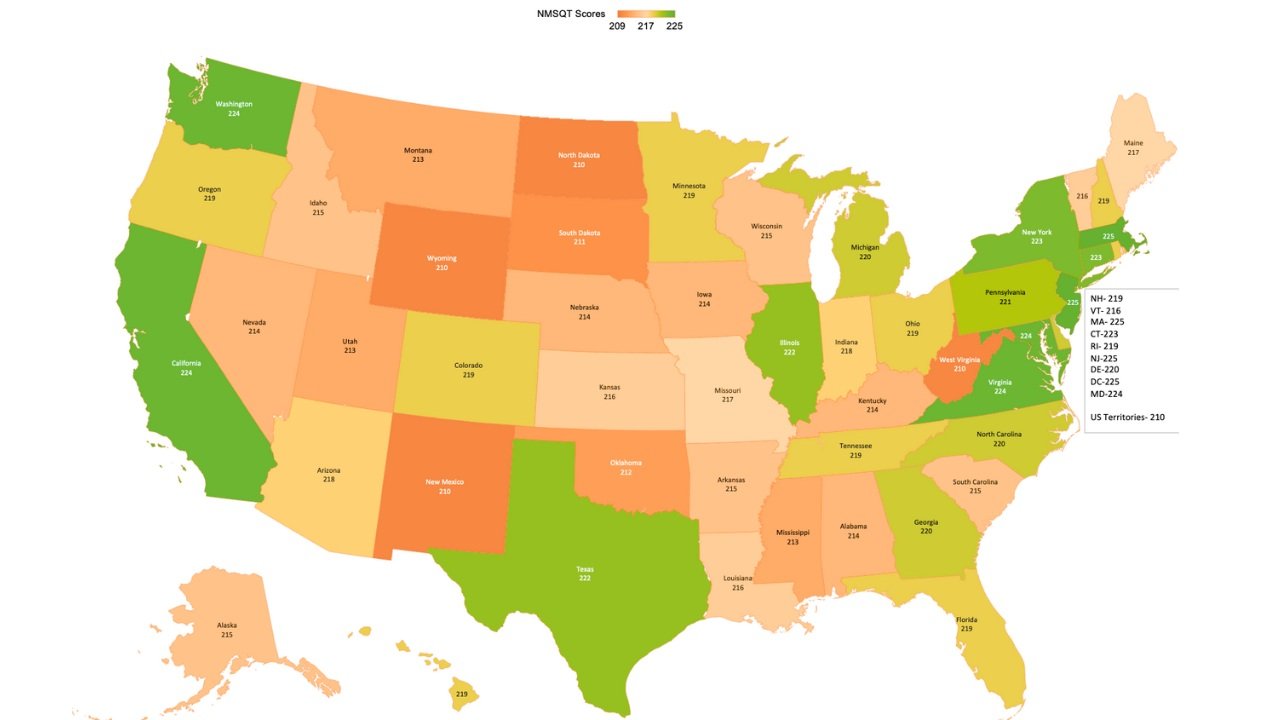
National Merit Scholarship Cutoff Semifinalist By State
Below is the confirmed data for the Class of 2026, compared with prior years.
State | 2026 (Actual) | Change | 2025 (Actual) | 2024 (Actual) | Semifinalists | Commended |
Alabama | 214 | +2 | 212 | 210 | 228 | 141 |
Alaska | 215 | +1 | 214 | 209 | 31 | 24 |
Arizona | 218 | +1 | 217 | 216 | 409 | 557 |
Arkansas | 215 | +2 | 213 | 210 | 141 | 106 |
California | 224 | +3 | 221 | 221 | 2172 | 6840 |
Colorado | 219 | +1 | 218 | 216 | 287 | 579 |
Connecticut | 223 | +2 | 221 | 221 | 193 | 709 |
Delaware | 220 | +1 | 219 | 219 | 47 | 84 |
Florida | 219 | +2 | 217 | 216 | 1008 | 1824 |
Georgia | 220 | +2 | 218 | 217 | 620 | 1243 |
Hawaii | 219 | +2 | 217 | 217 | 60 | 124 |
Idaho | 215 | +2 | 213 | 211 | 90 | 76 |
Illinois | 222 | +2 | 220 | 219 | 748 | 1888 |
Indiana | 218 | +1 | 217 | 216 | 333 | 531 |
Iowa | 214 | +2 | 212 | 210 | 138 | 77 |
Kansas | 216 | +1 | 215 | 214 | 136 | 113 |
Kentucky | 214 | +1 | 213 | 211 | 200 | 121 |
Louisiana | 216 | +2 | 214 | 214 | 220 | 219 |
Maine | 217 | +3 | 214 | 213 | 57 | 63 |
Maryland | 224 | +2 | 222 | 221 | 348 | 1290 |
Massachusetts | 225 | +2 | 223 | 222 | 282 | 1754 |
Michigan | 220 | +2 | 218 | 217 | 470 | 965 |
Minnesota | 219 | +2 | 217 | 216 | 266 | 438 |
Mississippi | 213 | +1 | 212 | 209 | 153 | 53 |
Missouri | 217 | +2 | 215 | 214 | 281 | 326 |
Montana | 213 | +4 | 209 | 209 | 48 | 8 |
Nebraska | 214 | +3 | 211 | 210 | 109 | 63 |
Nevada | 214 | 0 | 214 | 211 | 185 | 78 |
New Hampshire | 219 | +2 | 217 | 215 | 51 | 99 |
New Jersey | 225 | +2 | 223 | 223 | 511 | 3199 |
New Mexico | 210 | -1 | 211 | 207 | 111 | — |
New York | 223 | +3 | 220 | 220 | 992 | 3378 |
North Carolina | 220 | +2 | 218 | 217 | 523 | 1151 |
North Dakota | 210 | 0 | 210 | 207 | 26 | — |
Ohio | 219 | +2 | 217 | 216 | 490 | 999 |
Oklahoma | 212 | +1 | 211 | 208 | 214 | 39 |
Oregon | 219 | +3 | 216 | 216 | 188 | 318 |
Pennsylvania | 221 | +2 | 219 | 219 | 612 | 1511 |
Rhode Island | 219 | +2 | 217 | 215 | 50 | 96 |
South Carolina | 215 | +1 | 214 | 209 | 225 | 197 |
South Dakota | 211 | +3 | 208 | 209 | 46 | 6 |
Tennessee | 219 | +2 | 217 | 217 | 306 | 521 |
Texas | 222 | +3 | 219 | 219 | 1673 | 4653 |
Utah | 213 | +2 | 211 | 209 | 199 | 68 |
Vermont | 216 | +1 | 215 | 212 | 27 | 27 |
Virginia | 224 | +2 | 222 | 219 | 489 | 1912 |
Washington | 224 | +2 | 222 | 220 | 388 | 1295 |
West Virginia | 210 | +1 | 209 | 207 | 66 | — |
Wisconsin | 215 | +1 | 214 | 213 | 287 | 216 |
Wyoming | 210 | +1 | 209 | 207 | 20 | — |
D.C. | 225 | +2 | 223 | 223 | 37 | 230 |
Boarding Schools | 220–225 | — | — | — | 158 | 652 |
U.S. Territories | 210 | +2 | 208 | 207 | 43 | — |
Studying Abroad | 225 | +2 | 223 | 223 | 86 | 565 |
This table will help students to see where their target lies. States like New Jersey and Massachusetts stand near the top each year. Smaller-populated states or states with fewer test takers often sit closer to the national commended threshold.
How Do You Calculate a National Merit Score?
Your national Merit Selection Index features your PSAT/NMSQT section scores, but not your total score. The calculation stays simple.
- Start by checking your Math, Reading, and Writing scores. Each section score is between 160 and 760 on the digital PSAT.
- Now convert each section score into a test score by dividing it by 10. (I.e., 700 ÷ 10 = 70.)
- Add the test scores together.
(Selection Index = Reading/Writing Test Score + Math Test Score)
Example:
RW score: 710 → 71
Math score: 720 → 72
SI = 71 + 72 = 143
For the digital scale, the SI ranges from 48 to 228.
For students wondering what is a good PSAT score for a sophomore or a 10th grade, aiming for an SI of 215–225, depending on your state, is a strong target. Practicing with a PSAT practice test can help students achieve these scores before the official exam.
Who Is Eligible for a Merit Scholarship?
Eligibility for merit scholarship has clear rules:
- The students will need to take the PSAT/NMSQT in 11th grade.
- The students should be U.S citizens or legal permanent residents.
- The student must have a qualifying Selection Index for their state.
- The student should complete the finalist application if selected as a Semifinalist.
- The student must maintain strong grades throughout high school.
Students who fulfill these requirements can go further through the selection process. This includes Semifinalist, Finalist, and Scholar stages.
FAQs About National Merit Scholarship Cutoff
Let’s answer your questions about the National Merit Scholarship Cutoff and more.
Is it hard to get a National Merit Scholarship?
Yes. The scholarship ranks among the most competitive academic awards in the country. Just the top one percent of PSAT test takers in every state qualify as semifinalists. Many Finalists compete for a limited number of awards.
What is a good score for a National Merit Scholarship?
215 and 225 are the strong selection indices depending on the state. In highly competitive states like New Jersey or Massachusetts, a “good” score usually means 224+.
Can you get a full ride with National Merit?
Sometimes. While scholarship by NMSC’s offers modest awards, many universities offer full-tuition or full-ride packages to National Merit Finalists. These awards significantly reduce or eliminate college costs.
Who is eligible for a merit scholarship?
U.S. citizens or permanent residents who take the PSAT/NMSQT in 11th grade. Should meet their state’s cutoff and complete the finalist application for consideration.
What is the top 1% PSAT score?
The top one percent typically starts around a Selection Index of 215 nationwide. However, it varies by state. In high-scoring states, the top one percent often begins at 221+.
Your success story begins with us!
We are here for you! Schedule a call with our consultant for personalized advice on achieving your learning goals

Bottom Line
The National Merit Scholarship Cutoff offers students a clear benchmark. It shows the performance level required for the distinct ranking among the strongest academic achievers in each state. When students know how the selection index works, how cutoffs form, and how the recognition process unfolds, they can prepare better. Fulfilling the state’s cutoff opens the door to semifinalist and finalist status. It supports scholarship opportunities for students throughout the country.
Students using Ivy Learning and Test Prep or other structured programs can focus their preparation, use PSAT practice tests, and aim for a strong score whether targeting semifinalist status or simply looking for a good PSAT score to strengthen their academic profidapibus leo.

